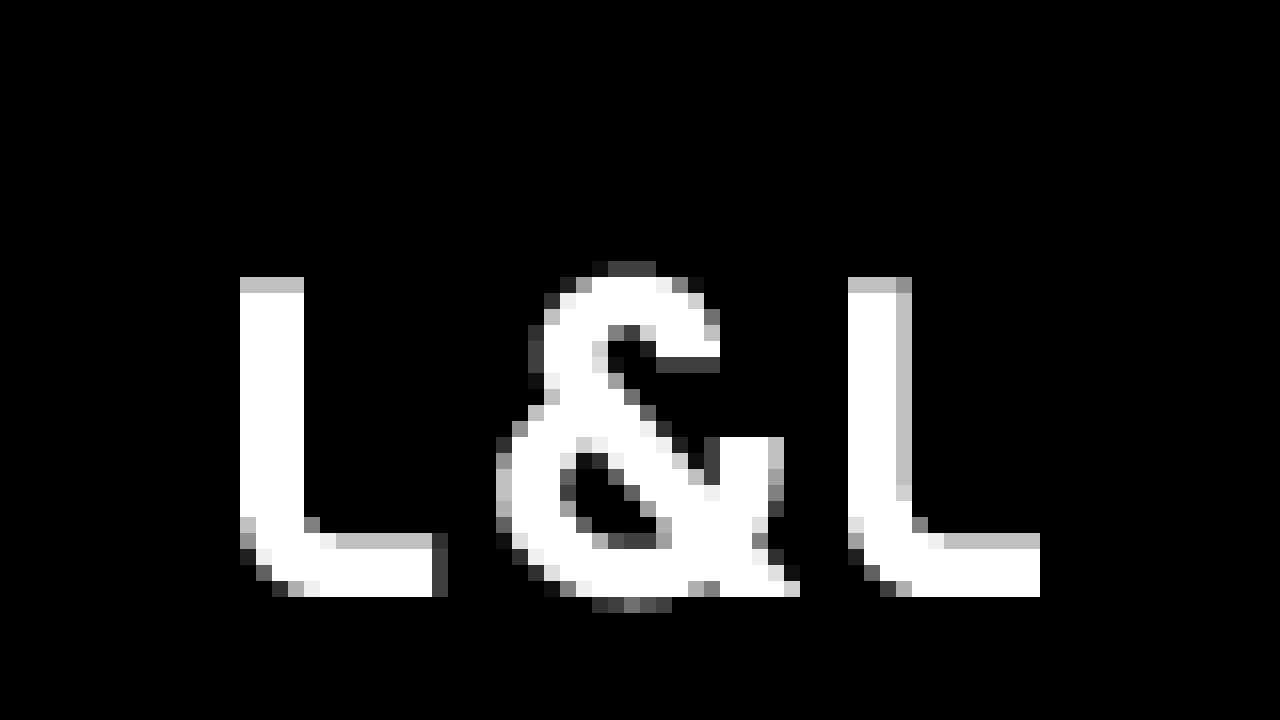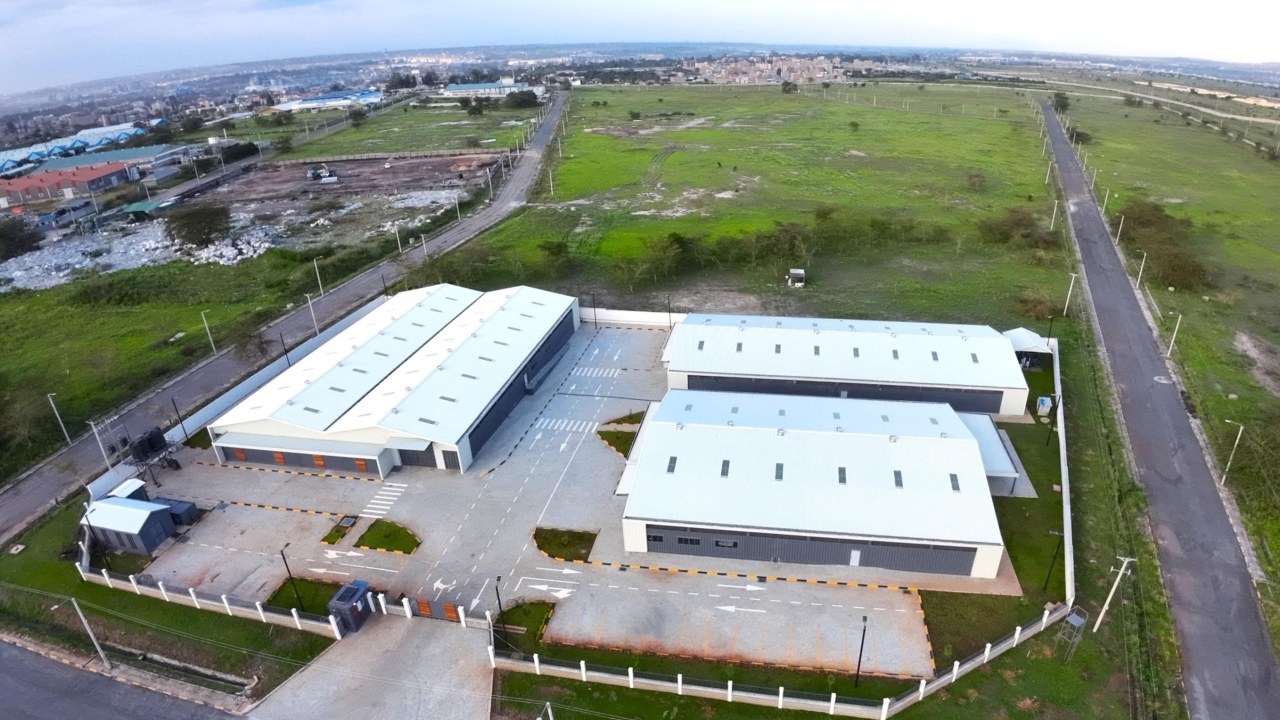Trend towards greener brands 'continues despite recession'

Despite the recession, the drive towards greener brands is gaining momentum, according to new research by easyFairs, which is running the easyFairs EcoPack and Packaging Innovations shows at the NEC,
According to the study, among 120 brand managers and product designers, more than one in five (22 percent) report that their company is planning a major environmental initiative for the year ahead. In addition to this, at product-level, 40 percent plan to implement a product innovation designed to improve environmental performance over the next 12 months, and just 2 percent say green packaging had become less important given the recession.
In fact, despite the economic downturn, the green trend appears to be accelerating. For instance, 39 percent say they are more committed to – the environment than they were a year ago; a threefold increase on the previous year.
The co-located shows – easyFairs EcoPack and Packaging Innovations – take place on February 24-25 2010. Among the many new products at the shows,
According to the study, such eco packaging products are more likely than ever to reach supermarket shelves. The surveyed brand managers said they are more likely to find commercially viable eco-packaging than they were 12 months ago. Last year 66 percent said that it was hard to find packaging products that both significantly improved their environmental performance and were commercially viable. This year a far fewer 40 percent hold this view.
When asked to rate the eco-friendliness of their current packaging on a scale of 1-100 (where 100 means the eco performance couldn't be better), the companies on average scored their packaging at 63.
Any improvements that are made are likely to be leveraged as almost two thirds (63 percent) will consider talking about the environmental performance of their packaging in advertising next year.
Stay up to date
Subscribe to the free Label News newsletter and receive the latest content every week. We'll never share your email address.

